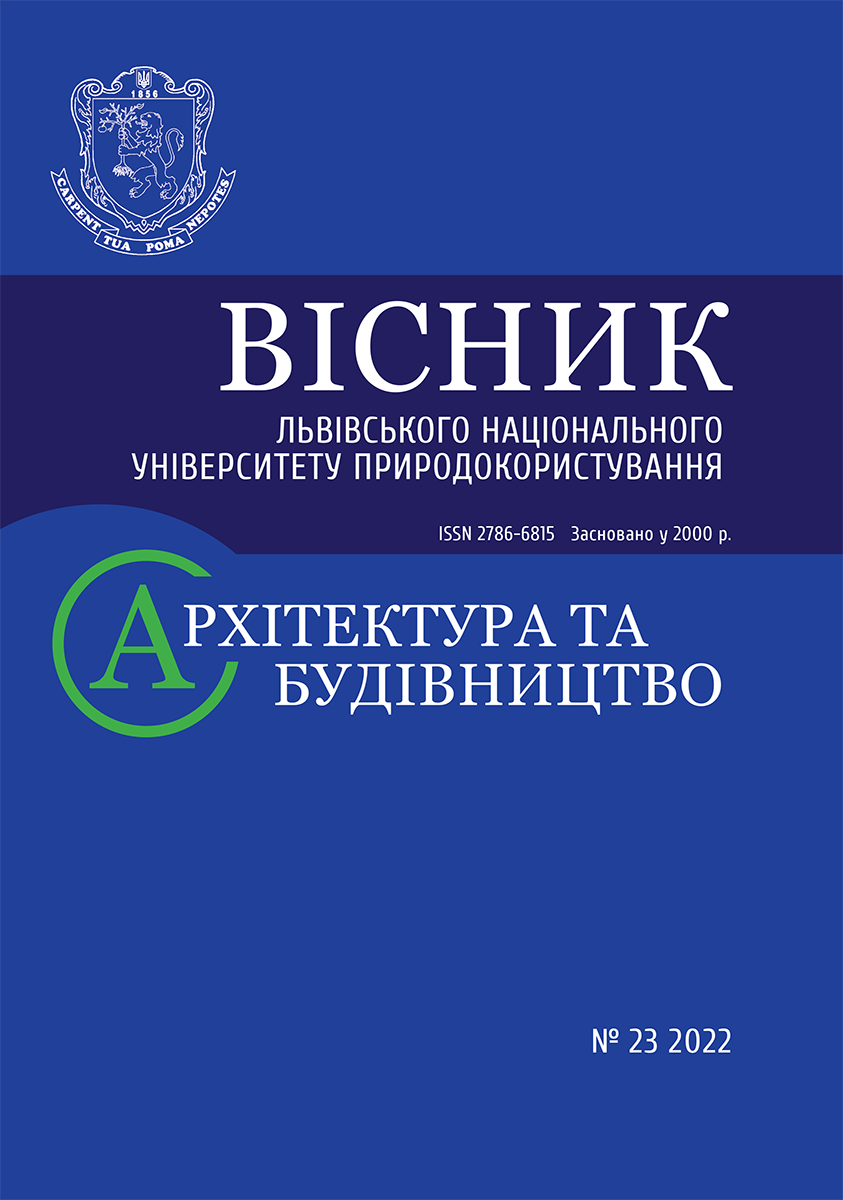VERIFICATION OF THE IMPROVED TECHNIQUE OF CONSTRUCTING THE DIAGRAM OF DEFORMATION OF HIGHLY COMPACT CONCRETES AT COMPRESSION
Keywords:
durability, armature, high-strength heavy concrete, calculationAbstract
When constructing diagrams for the special types of concrete and new generation concretes, i.e. high-grade concretes (C60 and higher), fibroconcretes, fine-grained concretes and concretes using various additives, the function must be sufficiently flexible when constructing the deformation curve. For these types of concrete, the function of the fifth degree polynomial, which is presented in the current regulations, is the best.
The improved method for constructing compression deformation diagrams of concrete for high – strength concretes is proposed. Determining the parameters of the prism on axial compression by the standard method of parameters fcm, Ec0, we can build a complete diagram of the state of deformation of high-strength concrete. Correlation coefficients are proposed to determine the maximum relative deformations of concrete and the ultimate stress level in concrete. The supercritical area of work of concrete on the descending branch of the deformation diagram in the calculation must be limited by the stress level σcu = ku fck. The coefficient ku for high-strength concrete is taken as 0.9
A series of studies was conducted including the studies of samples of concrete prisms and cubes of the same class of concrete on two different presses. That is, the study was conducted in «soft» and «hard» load modes.
The maximum differences in deformations for prisms of the C70 brand made 6 %, and for prisms of the C100 brand accordingly 8 %. The experimental deformation curves have a flatter shape, and curves according to DBN are more convex. It leads to an increase in error, although the difference in the maximum deformation in both cases is minimal.
For all brands of prisms, the actual descending branch differs significantly from the theoretical one. In addition, the higher the strength of concrete, the lower the descending branch becomes smaller, and for concrete prisms brand C100 it is almost absent.
References
Bambura A. M., Sazonova A. I., Dorohova O. V., Voitsekhovskyi O. V. Design of reinforced concrete structures: manual. Kyiv. 239 p.
Berg O. Ya. Physical fundamentals of the theory of strength of concrete and reinforced concrete. Moscov: Gosstroyizdat, 1961. 96 p.
DBN B.2.6–98: 2009. Constructions of houses and buildings. Concrete and reinforced concrete structures. Substantive provisions. Kyiv: Ministry of Regional Development of Ukraine, 2011. 71 p.
Kochkariov D. V. Nonlinear resistance of reinforced concrete elements and structures to force influences: the dissertation on competition of a degree of the doctor of technical sciences. Rivne, 2017. 467 p.


